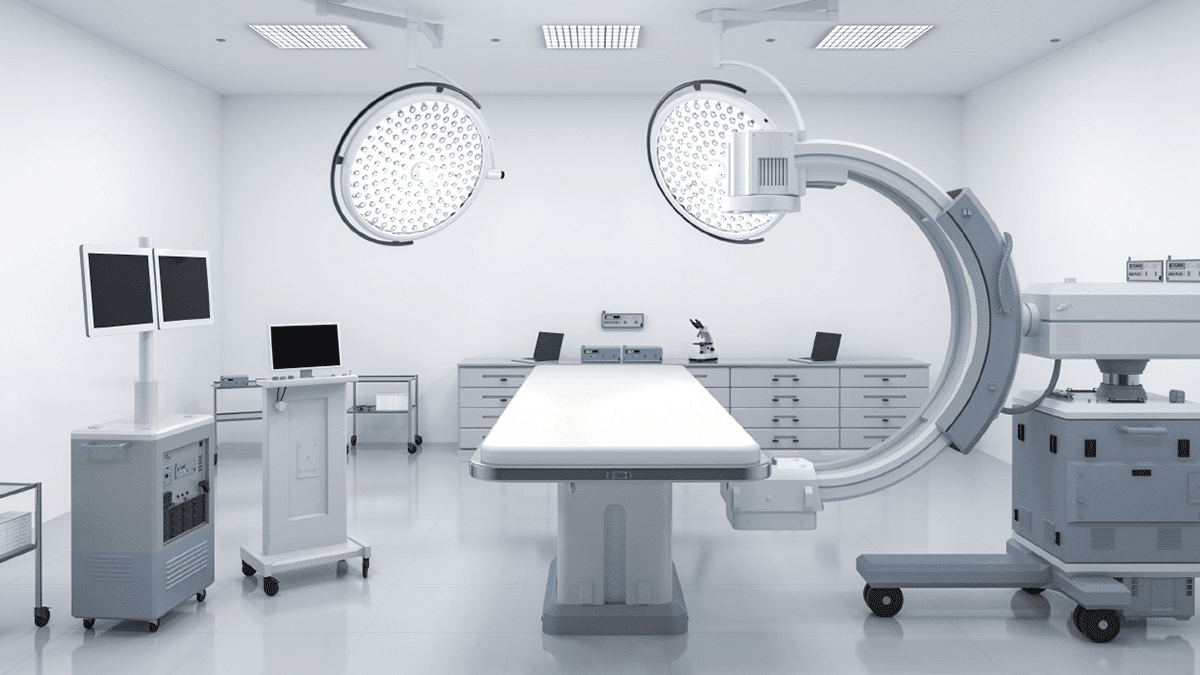Modern hospitals rely heavily on medical Internet of Things (IoT) devices like monitors, imaging machines, and more to deliver care. While these technologies improve patient outcomes, they also present new security risks if not properly protected. A cyberattack could potentially expose sensitive patient data or even disrupt critical care. Here are some tips for hospitals to keep their IoT medical equipment secure.
Strong Authentication is Key
Each device needs to verify who its user is before joining the hospital network. Multi-step logins like requiring a password and code texted to your phone make it much harder for hackers. Encrypting data as it moves between machines also keeps sensitive info encrypted.
Stay Up-to-Date with Patches
Like phones and computers, medical devices run on software that sometimes has vulnerabilities discovered later. Keeping devices updated with the latest fixes from manufacturers helps plug security holes before anyone can exploit them. Hospitals need close partnerships to get updates installed promptly.
Isolate Device Networks
Putting IoT equipment on its own secured network separate from general hospital systems prevents potential attacks on one from spreading everywhere. This network segmentation adds a protective barrier.
Watch for Suspicious Activity
Constantly monitoring devices alerts teams to unusual behaviors that could signal trouble. Logging actions also help pinpoint the origin if an incident does occur so it can be addressed and learned from.
Conduct Regular Security Checkups
Routinely auditing equipment and networks spots vulnerabilities before anyone else finds them. These checkups uncover issues that day-to-day monitoring may miss, allowing proactive fixes.
Educate and Empower Staff
Training caregivers on IoT security importance and best practices arms them to spot social engineering like phishing or report odd device actions. When everyone prioritizes security culture, the entire hospital benefits.







